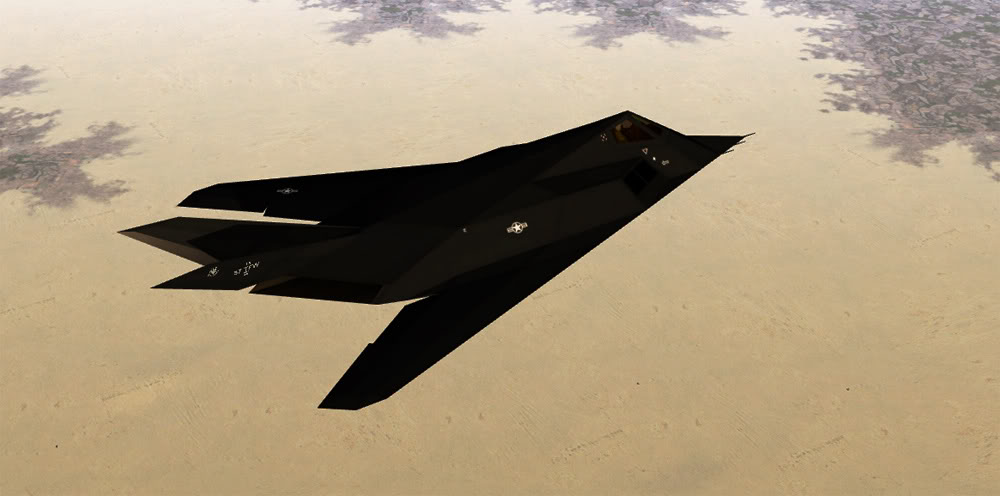
Essay: Strategies That Matter — One Size Fits None
Airpower advocates exited the Gulf War trumpeting an unambiguous victory for airpower—and they were right. The air campaign against Iraq…
Copyright 2024 U.S. Naval Institute. All Rights Reserved.